Explanatory Notes
This special release presents the Palay Production of Cagayan Valley for the first quarter of 2024. The data include the estimates of palay volume of production, area harvested, and yield per hectare for analysis which serves as basis for policy making and for programs and projects on palay farming. The data provided in this special release were taken from the latest available data of the Palay Production Survey (PPS) spearheaded by the Crops Statistics Division, Economic Sector Statistics Service, Sectoral Statistics Office of the Philippine Statistics Authority (PSA). The information presented in this special release was taken from www.openstat.psa.gov.ph.
Palay production in Cagayan Valley increased to 754,833 metric tons in the first quarter of 2024, marking a significant 14.78 percent growth compared to the same period in 2023, according to the latest Palay Production Survey (PPS) conducted by the PSA in April, 2024. In the past five years, a slight decrease was noted for 2022 compared to the previous year, but the overall trend over the period in review recorded an upward trend, with 2024 reaching its highest point.
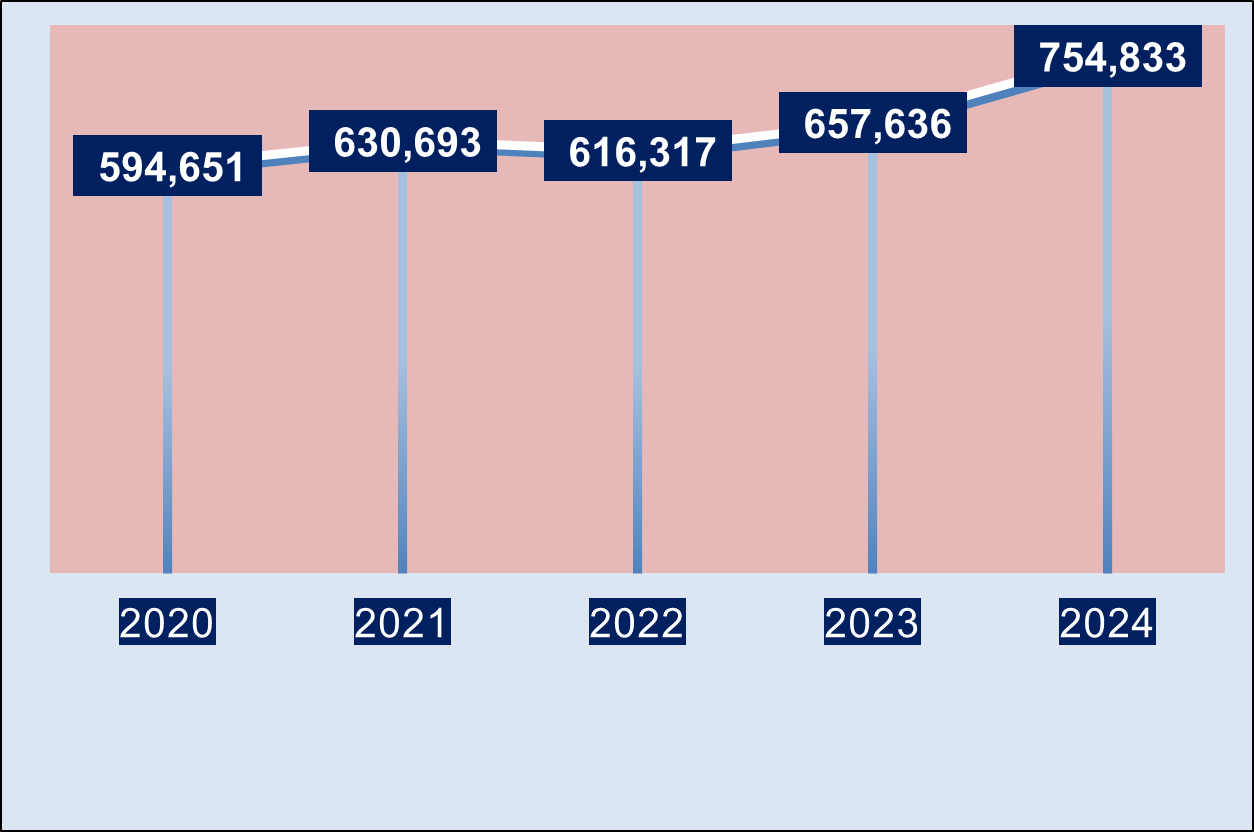
The increase in production can be attributed to the expanded area under cultivation which reached 153,907 hectares in 2024, an increase of 22,854 hectares compared to 2023. Over the span of five years, the cultivated area has expanded by more than 25 thousand hectares.
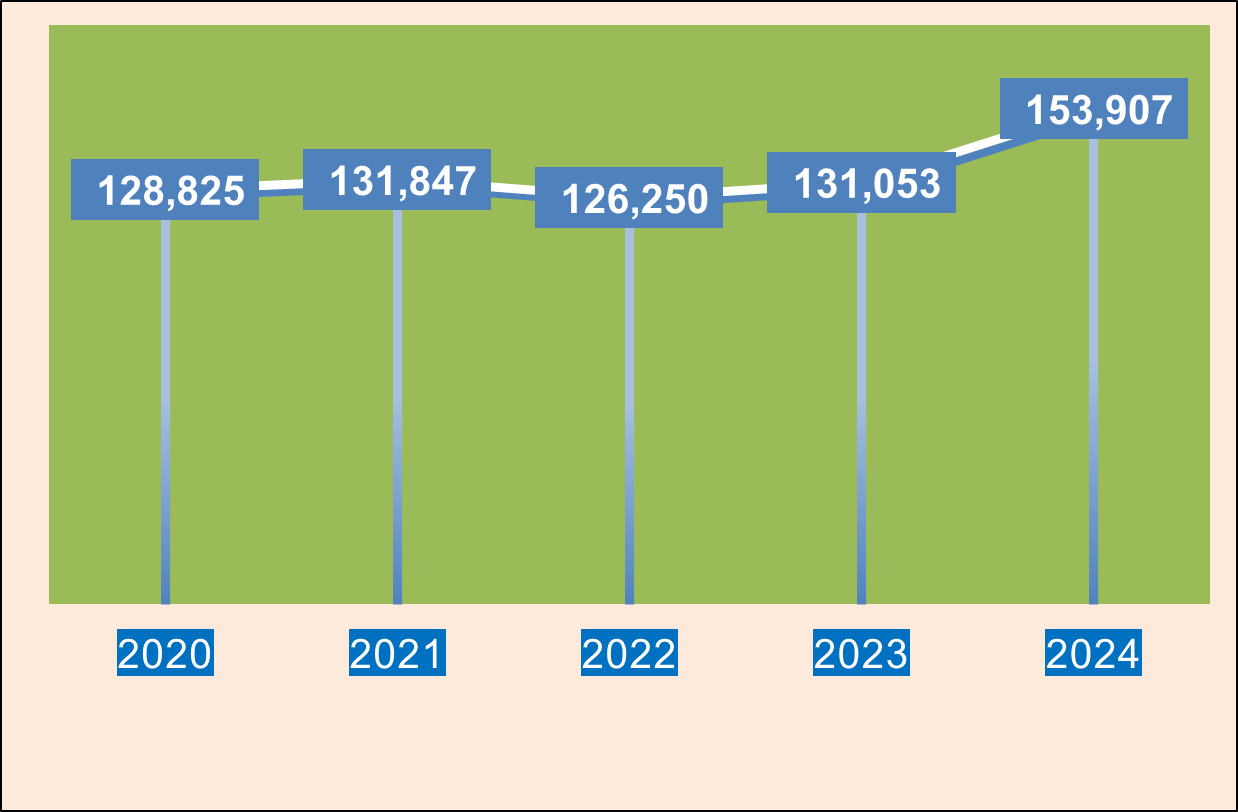
Markedly in 2024, the yield dropped to 4.90 metric tons per hectare, showing a decrease of 2.3 sacks (at 50 kilograms per sack) per hectare. This year's yield in the first quarter shows a downward trend due to the effect of El Niño phenomenon. Notably, the lowest yield of 4.62 metric tons per hectare was recorded in 2020, showing the variability in productivity over time.
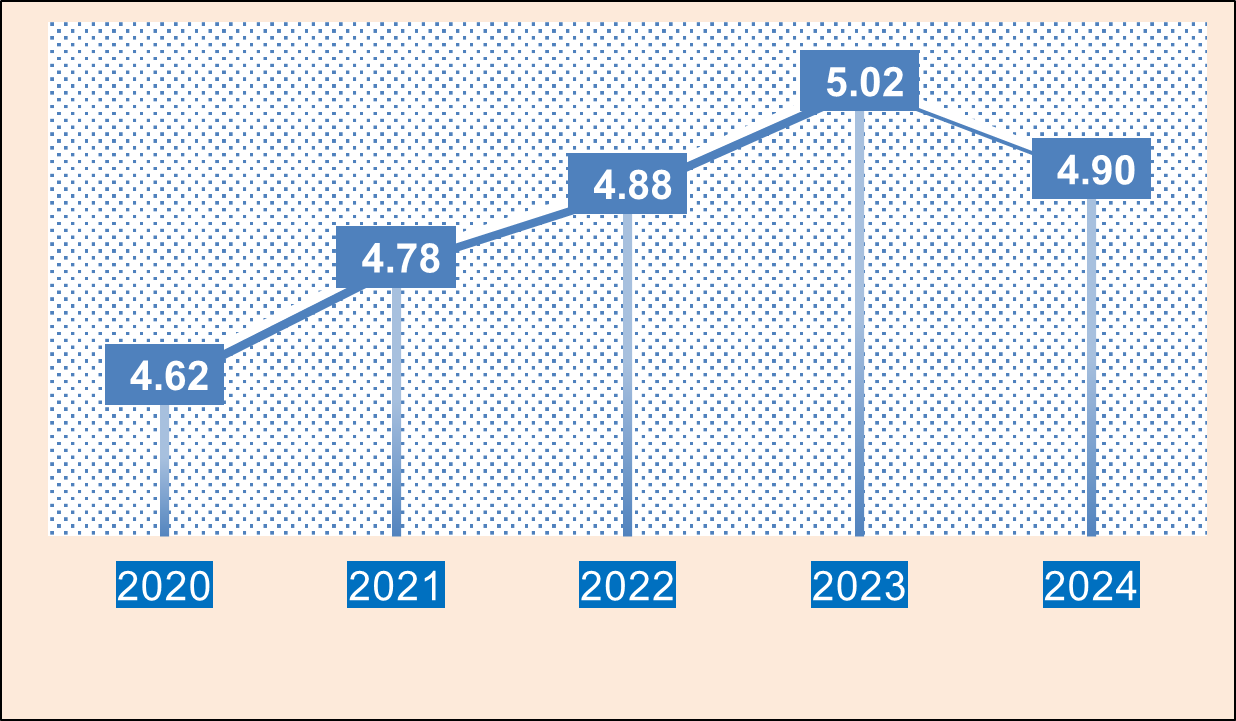
Per ecosystem, irrigated and upland areas recorded a notable increase in total output, while rainfed areas shows a decline compared to last year's figures. Across areas, irrigated areas have shown the most substantial growth, yielding an additional 97,775 metric tons. Additionally, upland areas have recorded an increase of approximately 49 metric tons.
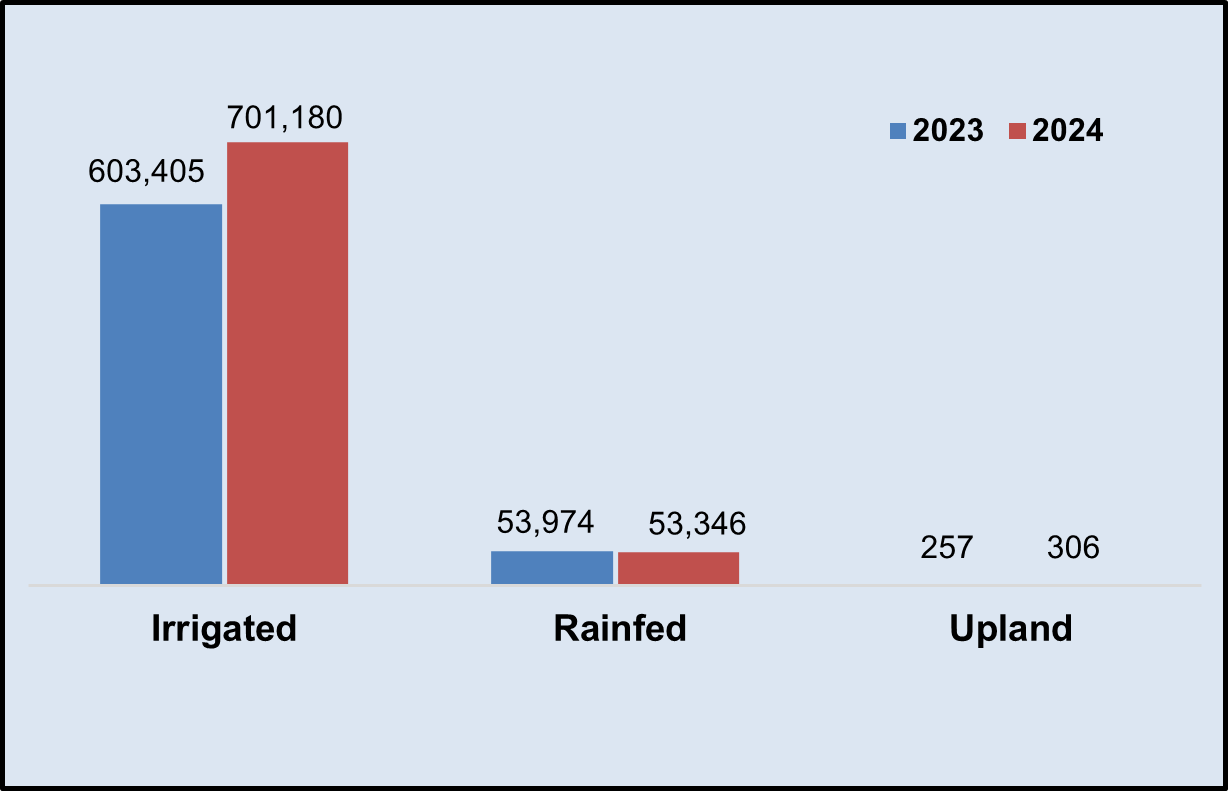
This remarkable increase in production can be attributed to several factors identified in the PPS. These includes adequate irrigation water along with the widespread distribution of hybrid or high-yielding seeds through the rice program implemented by the Department of Agriculture, Regional Field Office 02 (DA-RFO 02), and improved water usage in existing ecosystems achieved through water management.
As anticipated, the bulk of this year's palay production originated from irrigated areas, constituting approximately 92.9 percent of the total regional yield. On the other hand, rainfed areas contributed a modest 7.1 percent to the region's output, with upland areas accounting for less than a percent share.
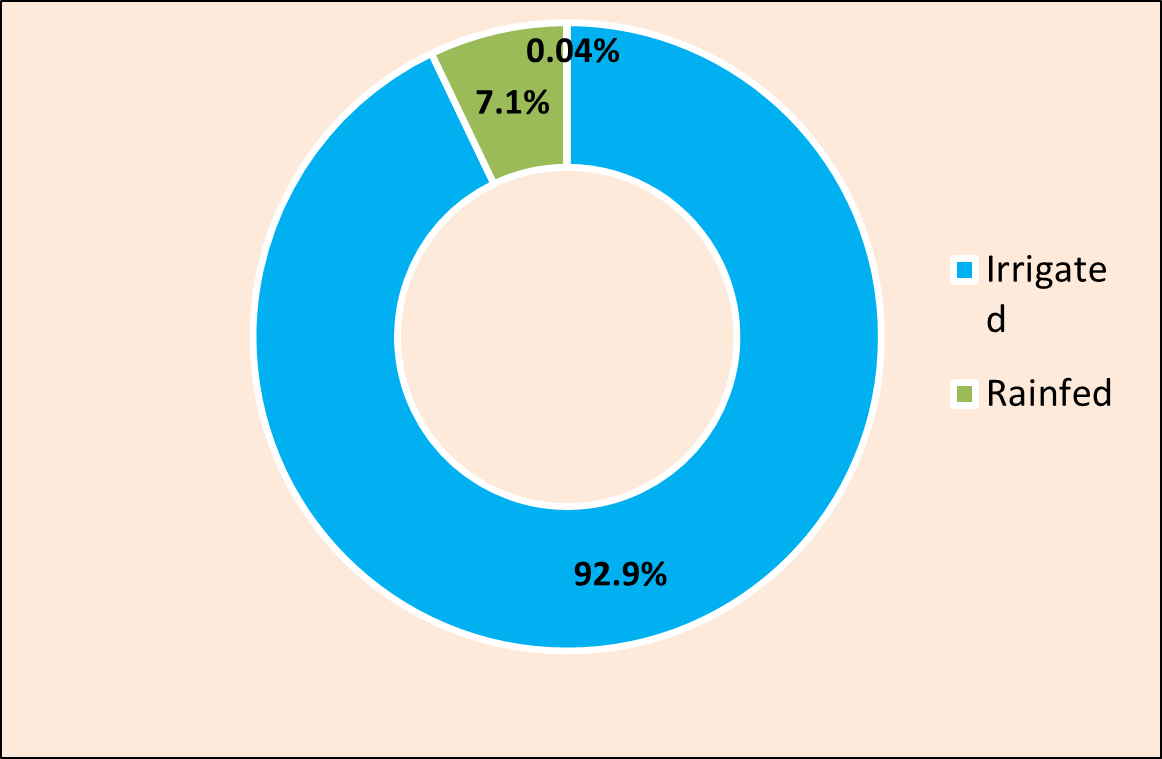
This distribution underscores the significance of irrigation infrastructure in maximizing agricultural output, highlighting the need for continued investment and development in the region.
In the first quarter of 2024, Isabela province emerged as the leading contributor to the regional palay production, accounting for more than half of the total output at 59.8 percent. This significant achievement was attributed to an expansion in harvested area and a widespread adoption of hybrid seeds, fertilizers, and machinery distributed by the Department of Agriculture, Regional Field Office 02 (DA-RFO 02). Meanwhile, Cagayan province secured a substantial share of 30.4 percent, driven by a 1.44 percent decrease in harvested area.
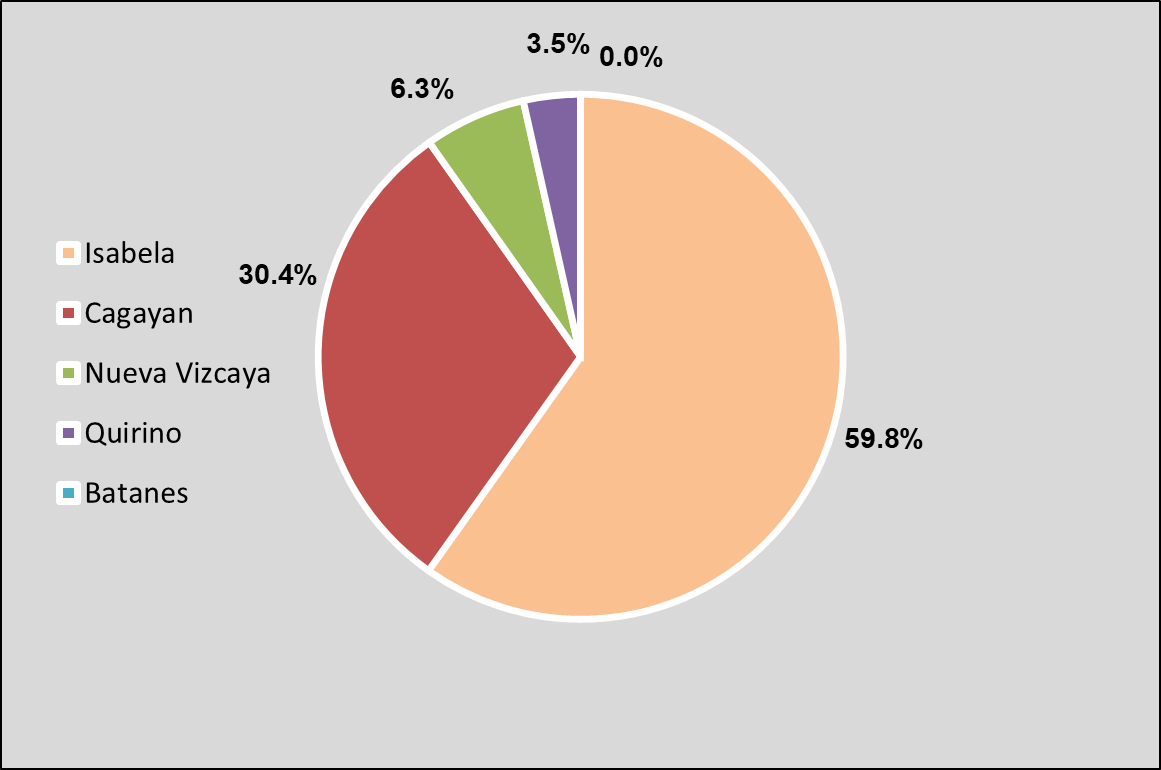
Conversely, Nueva Vizcaya, Quirino, and Batanes provinces collectively contributed less than 10 percent to the overall regional output.
Across all provinces, Isabela shows a notable increase in production with 96,921 metric tons. Conversely, Cagayan shows a decline in production with a decrease of 3,350 metric tons, while the remaining provinces collectively contributed more than three thousand metric tons to the increase in total production in 2024 for the first quarter.
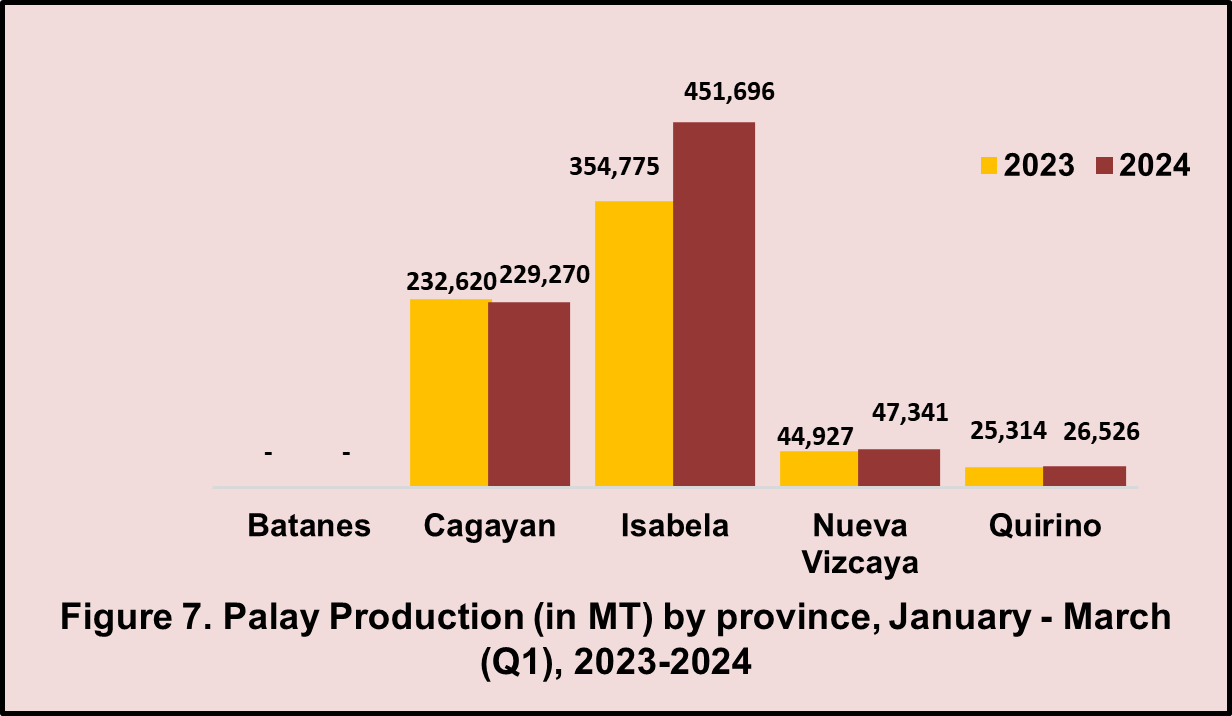
The good production performance across provinces can be attributed to several factors, including an expansion in area harvested attributed by early occurrence of rainfall and an increased adoption of hybrid seeds, bolstered by the successful implementation of rice programs by DA-RFO 02.
In terms of area harvested, four provinces showed an increase, while one remained at constant. Among these, Isabela province emerged as the frontrunner, with a substantial increase of 19,922 hectares, marking a 29.3 percent increase from its 2023 area harvested of 87,940 hectares. Cagayan province exhibited a moderate growth of 1,444 hectares, expanding from 47,790 hectares in 2023 to 49,234 hectares this year. Nueva Vizcaya province also recorded an increment, with 9.5 percent increase equivalent to an additional 932 hectares harvested in 2024. Quirino province, though modest in area, managed to achieve a noteworthy increase of 4.8 percent in terms of area harvested for the same period. However, amidst these positive trends across four provinces, there were no notable change recorded in the province of Batanes.
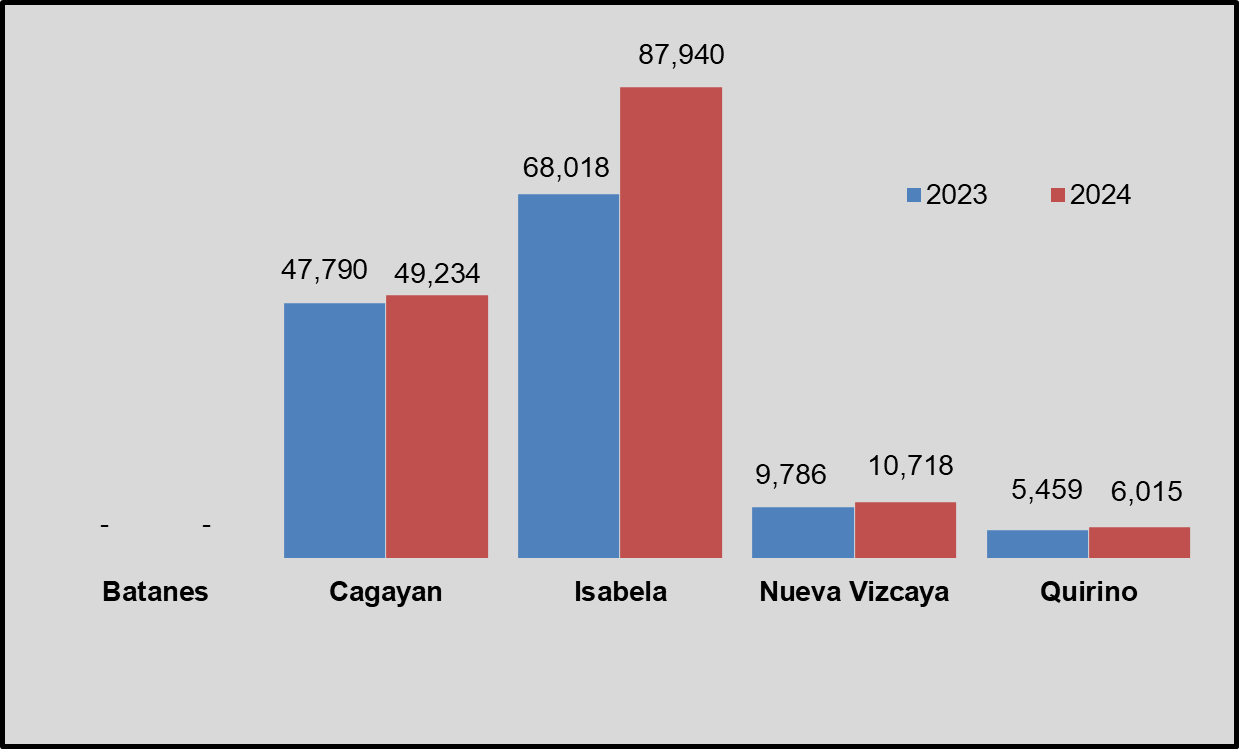
In 2024, four provinces exhibited a decline in productivity per area or yield per hectare, while one province exhibited no change as revealed by the quarterly PPS. Cagayan province, demonstrated a decrease with 4.87 MT in 2023 to 4.66 MT in 2024, as shown in Figure 9.
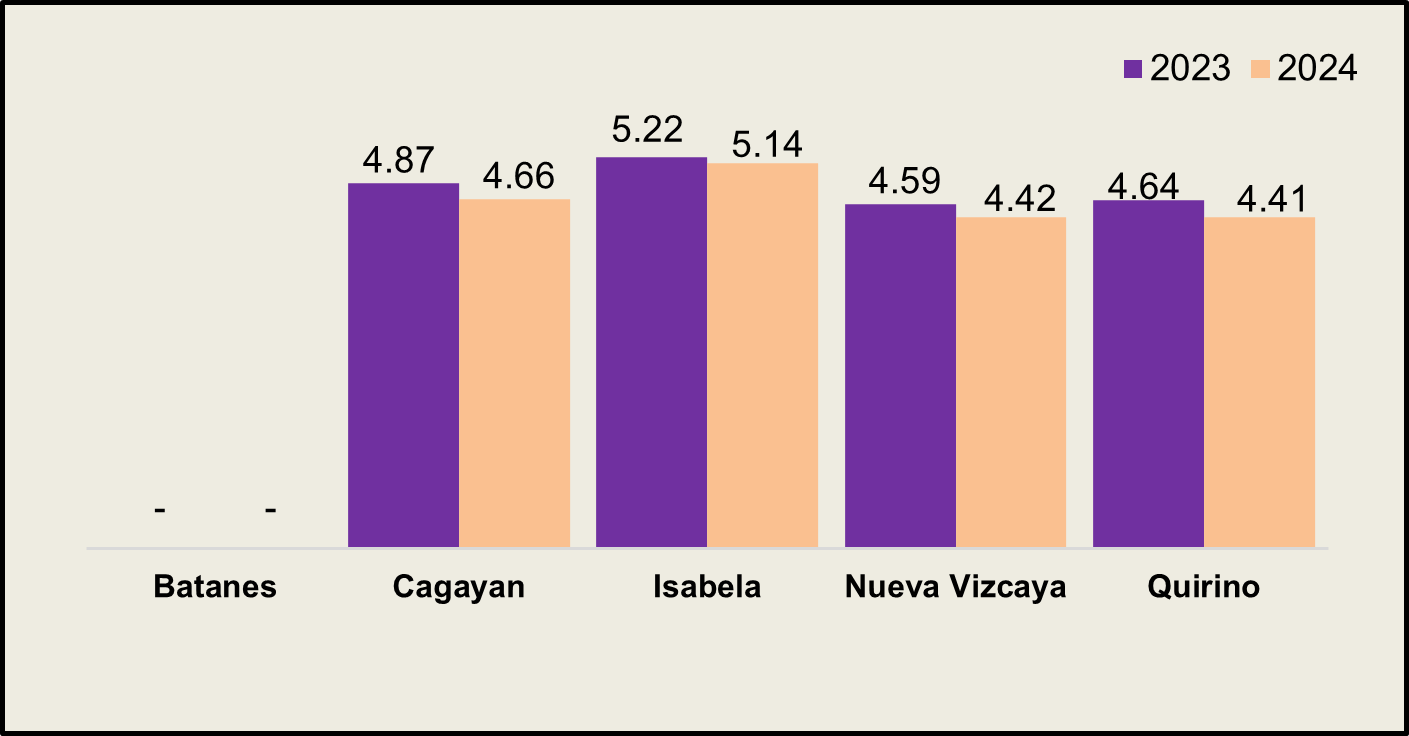
Figure 9. Yield per Hectare (in MT) by Province, January-March (Q1), 2023-2024
Furthermore, Isabela province exhibited a decrease in yield per hectare, reflecting a percentage decline of 1.5 percent. The productivity dropped from 5.22 MT in 2023 to 5.14 MT in 2024.
Both Nueva Vizcaya and Quirino provinces also contributed to the region's decline in yield per hectare. Nueva Vizcaya province experienced a decrease of 3.8 percent, while Quirino registered a decrease of
4.9 percent.
The palay yield in the Cagayan Valley region has weakened in the first quarter of this year, primarily due to El Niño phenomenon. Nevertheless, consistent improvements across provinces underscore the agricultural sector's resilience and commitment to enhancing productivity, ultimately contributing to the region's economic development and food security.
ENGR. GIRME M. BAYUCAN
(Chief Statistical Specialist)
Officer-in-Charge, RSSO II
/emdp/jcb
TECHNICAL NOTES
Estimates of volume of palay production are generated from the Quarterly Palay Production Survey (PPS) of which there are four survey rounds in a year, that is, January, April, July and October.
The objective of the survey is to generate estimates on palay production. The purpose of this survey is to provide data inputs for policy and programs on rice. The reference and enumeration periods by survey round are as follows:
Definition of terms
Production – refers to the quantity produced and actually harvested during the reference period. It includes those harvested but damaged, stolen, given away, consumed, given as harvester’s share, reserved, etc. Production from seed growers is excluded from the survey.
Irrigated palay – palay area with irrigation facilities that supply water to the farm through gravity, force/power, pump, etc.
Rainfed palay – palay grown in this ecosystem has dikes that retain water and is solely dependent upon rainfall for its water supply.
Upland palay - Palay grown in upland does not have amenities for standing water. It is usually located along elevated lands, along rivers, between hills, hillsides, etc. Upland type is confined not only to high places or hillsides but also to low areas having no facilities for standing water.
